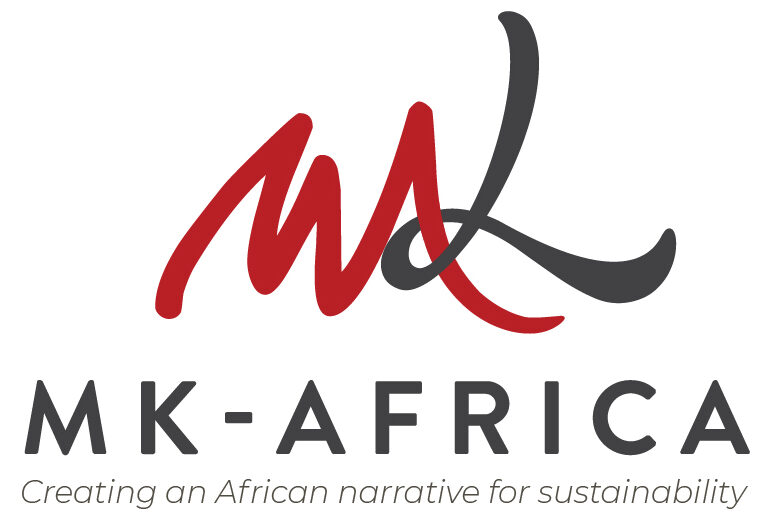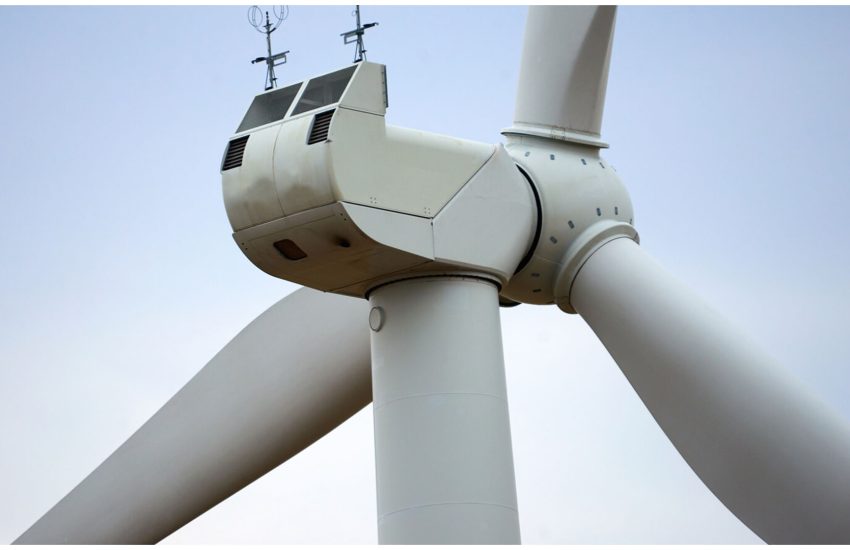The UNCTAD14 conference ended in Nairobi last week on a triumphant note when the close to 5,000 delegates who gathered in Nairobi from different parts of the world came up with an ‘azimio’ – a Kiswahili word for an accord or declaration. The delegates who represented 194 member states reached a consensus giving a central role to UNCTAD in delivering sustainable development goals. By end of Friday, they had also struck a ‘maafikiano’, a Kiswahili word for a settlement or mutual understanding. The ‘maafikiano’ guides UNCTAD’s work program for the next four years.
I was happy to witness this exciting historical event for Kenya and indeed Africa as a whole. I also enjoyed participating in the discussions in one way or another. One of the sessions that I found particularly interesting was the Sustainable Stock Exchanges (SSE) Executive Dialogue on Green Finance. The SSE initiative is a peer-to-peer learning platform for exploring how exchanges – in collaboration with policymakers, investors, regulators, and companies – can promote responsible investment for sustainable development. According to UNEP, green finance is becoming more prominent, driven by the scale and urgency of the challenge of financing sustainable development, and the realization that only a fraction of this can realistically come from public sources.
Last year, governments adopted three major agreements that set out their vision for the coming decades: a new set of 17 sustainable development goals (SDGs), the Paris Agreement on climate change, and the ‘financing for development’ package. Finance is central to realizing all three agreements – and these now need to be translated into practical action steps suited to each country’s circumstances.
Green Finance is a strategy for the financial sector and broader sustainable development that is relevant around the world. But the context differs considerably for different countries. Developing countries, such as those in most of sub-Saharan Africa, face distinct challenges in financing national development priorities. A good number of these countries were represented in the panel of speakers that included top-level executives from the following stock exchanges: Botswana, Egypt, Namibia, Tanzania, Rwanda as well industry experts from South Africa, Luxembourg, China, Switzerland, and the UK. The Kenya Capital Markets Authority CEO, Mr. Paul Muthaura gave the keynote address in which he noted that the market of green bonds is approximated to reach 72-75 billion dollars by end of the year.
His remarks gave a good opening to the discussions on green finance, which presents opportunities for transitioning economies, particularly in emerging markets, to low carbon. Green bonds are used to raise money for projects from renewable energy power plants to electric cars and other technologies aimed at curtailing global warming. Kenya, which is in talks with international investors to prepare the listing of the country’s first green bond, is also learning from experience in South Africa.
In June 2014, the Johannesburg Stock Exchange (JSE) became the first stock exchange in Africa to list a green bond. The $140 million bonds issued by the City of Johannesburg will be used to fund green initiatives within South Africa’s largest city. This includes climate change mitigation strategies especially those that contain greater use of gas and natural energy.
The issuance of a green bond on the Nairobi Securities Exchange will be a landmark first step for the region in bridging the finance gap for actions around the Sustainable Development Goals (SDGs). I caught up with the Nairobi Securities Exchange CEO Mr. Geoffrey Odundo at the sidelines of this event where he further explained the Nairobi Securities Exchange take on green finance driving the SDG goals.
Watch the video interview here: https://youtu.be/TNiIjfvsad4
According to Mr. Odundo, the initial green bond for the bourse, which may be sold as early as next year, will fund renewable energy projects. This could include the internationally acclaimed M-KOPA.
The “M” stands for “mobile,” and “kopa” means “to borrow.” The company’s customers make an initial deposit, roughly $30, toward a solar panel, a few ceiling lights, and charging outlets for cellphones — a system that would cost about $200. Then they pay the balance owed in installments through the widely used MPESA mobile money transfer service. The solar units are cheaper and cleaner than kerosene, the typical lighting source, and once they’re fully paid for after about a year the electricity is completely free. More than 200,000 homes in Kenya, Tanzania and Uganda use M-KOPA’s solar systems. Low-carbon investment is gathering momentum around the world, and the founders of M-KOPA aren’t the only ones being creative. Investors are increasingly turning to new, more efficient forms of finance. Green bonds support low-carbon and climate-resilient infrastructure.
Transitioning emerging economies to efficient low carbon economies requires Government involvement and support. For these countries, considerations have to be made around the development of their financial systems which tend to be characterized by a dominant banking sector and have large areas of the economy that remain un-served by the formal financial sector. Public finance and foreign direct investment can be particularly important as sources of long-term investment. Broadly, concern and action to aligning financing to sustainable development is concentrated in three areas: preventing the financing of illicit practices or profiting from weak enforcement of environmental, economic, and social policies; unlocking opportunities for green investment such as renewable energy and agricultural development and exploring solutions to dilemmas and trade-offs as many of these countries face a tension between the need to expand the electricity supply and reduce fossil fuel intensity.
The stock exchanges represented at the UNCTAD14 SSE dialogue were emphatic in their commitment to aiding in the green transition. The Luxembourg Stock Exchange is the leading stock market in the world in issuing green bonds and lists 112 green bonds today. Global issuance of the securities in 2015 was a record $46 billion, according to Bloomberg New Energy Finance. This is forecast to increase to $55.8 billion in 2016. The SSE initiative is helping other exchanges follow suit.


